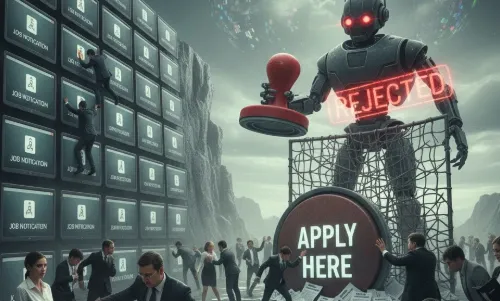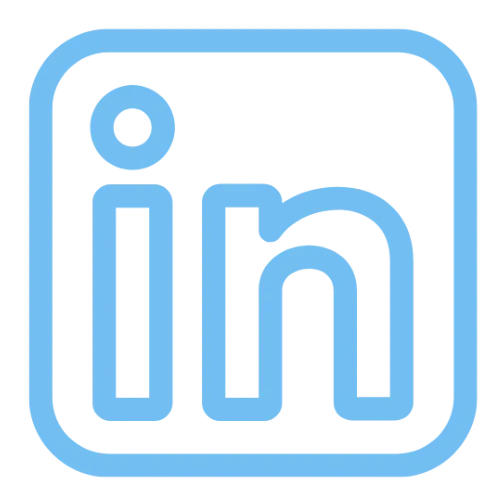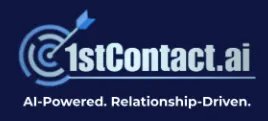
The Job Market Feels Impossible Right Now. Here’s My No-BS Guide to Beating It.
Hi, I’m Nick Rustad. As a career coach, my inbox is a map of the modern job market. And let me tell you, it’s a weird, wild place right now.
I talk to two kinds of people all day:
The Seeker: You're on the hunt. You're smart, you're qualified, but you feel like you're throwing your resume into a black hole. You’ve applied to 50... 100... maybe 200 jobs online. You're getting nothing back but soul-crushing silence or those instant, robotic rejection emails. The competition feels impossibly high.
The "Stuck" Employee: You have a job. But you’re feeling... "meh." You're worried about the risks of leaving. What if you jump to a new company and it's a toxic burnout factory? What if there’s no room to grow, and you're just swapping one dead-end for another? So, you stay put. Safe, but stagnant.
Sound familiar?
If you’re feeling this, I want you to know: You’re not crazy. The system is broken. The old "apply online and pray" method is dead.
But you don’t have to play by those broken rules. The problem isn’t you; it's your strategy. Let’s fix it. Here are my practical, no-fluff ideas to get you moving.

Part 1: For the Job Seeker — Stop "Spamming," Start Solving
The biggest mistake I see job seekers make is playing the numbers game. You think, "If I apply to 200 jobs, one has to hit, right?"
Wrong.
When you do this, you're not competing with other people. You're competing with a robot. It’s called an Applicant Tracking System (ATS), and its only job is to scan your resume for exact keywords from the job description. If you don't have them, you're deleted before a human ever sees your name.
My Practical Fix: The "Surgical Strike"
Stop applying to 100 jobs. I want you to find five jobs this week. Just five. Five jobs you are genuinely excited about.
Now, for each one, you’re going to perform a 15-minute "resume surgery."
Open the job description.
Open your resume in a new document.
Read the description and find their exact phrases. Do they want "project management" or "program oversight"? Do they ask for "data-driven insights" or "reporting and analytics"?
Use their exact words. Edit your resume's bullet points to mirror the language in their job post.
Your goal is no longer to "apply for a job." Your new goal is to "get past the robot." One tailored application is worth a hundred generic ones. I promise.

Part 2: For the "Stuck" Employee — "Fine" Is the New Failing
If you're currently employed, you're probably clinging to your desk because the "devil you know" feels safer than the chaos of the job market.
But here’s the hard truth: "Fine" is the most dangerous word in your career.
When you stay in a "fine" job, you're not just "safe"—you're stagnating. Your skills are getting dull. Your salary is quietly being eaten by inflation. You aren't growing. The risk of leaving feels high, but the risk of staying is a slow-burn disaster for your future.
My Practical Fix: Define Your "Win"
You can’t find a great new job if you don't know what one looks like. Before you even think about browsing LinkedIn, grab a notebook. You need to get clear.
Answer these three questions. Be brutally honest.
The Money: What is your "walk-away" number? What's your "I'm happy" number? And what's your "I'm-doing-a-happy-dance" number? Write it down.
The Work: What do you actually want to be doing 80% of the day? Do you want to lead a team? Do you want to be a deep-focus expert with no one to manage? What problems do you want to solve?
The Life: What's your ideal culture? Fully remote? Hybrid? Do you need a boss who is hands-off? Do you want a "no meetings on Fridays" rule?
This is your new map. You are no longer "just looking for something new." You are "looking for a remote role, paying at least $X, where I can focus on Y." It makes the whole process less scary and a lot more focused.

Part 3: The Secret Weapon (For Everyone)
Okay, here’s the real game-changer.
The "front door" of a company is the "Apply Now" button. It’s crowded, and it's guarded by that robot I mentioned.
The best jobs are never posted. They're filled through the "side door." They’re filled by referrals. My strategy is all about getting you through that side door.
My Practical Fix: The 15-Minute "Advice Chat"
Stop asking for jobs. Start asking for advice. (People love giving advice.)
Make a list of 5 companies you'd love to work for.
Go on LinkedIn and find 2-3 people at those companies who have the job title you want (or are one step above it).
Send them a simple connection request with a note. Do not ask for a job.
Use this script: "Hi [Name], I'm so impressed by your career journey at [Company]. As someone in the [Your Field] space, I'd be incredibly grateful for just 15 minutes of your advice on your experience. (Not looking for a job, I promise—just a big fan of your work!)"
You'll be shocked at how many "yes" responses you get. On that call, you ask smart questions. You learn about the company. And at the end, you've built a relationship.
You are no longer a "cold applicant." You are a "warm referral." You're the first person they'll think of when a role opens up. You just skipped the entire line.
Stop Trying to Do This Alone
Look, all of this is work. It's so much easier to just stay "stuck" or keep hitting that "Easy Apply" button.
But if what you're doing isn't working, it's time for a new plan.
You don't have to figure this out by yourself. This is what I do. As a career coach, I'm not just a resume-fixer. I'm a career strategist. I help you get past the robots, find that side door, and build a game plan that actually gets you the job (and the salary) you deserve.
Stop spinning your wheels. Let's build that plan together.
Whether you need to get unstuck, find a new job, or just figure out what's next, your first step is a simple conversation.
Go to https://call.coretactic.net and book a call with me, Nick Rustad. Let's get this done.









